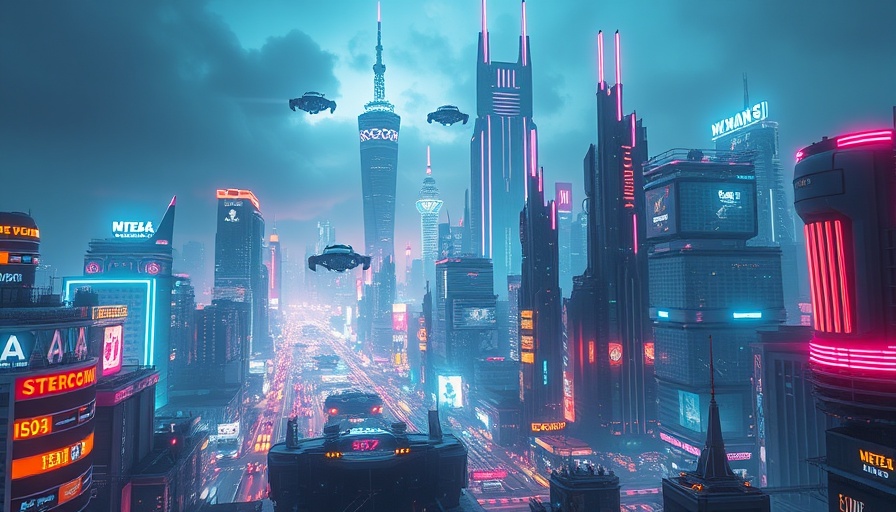
A Revolutionary Leap in Robotics
Imagine a robot that not only flies but also drives with agility and elegance. Caltech engineers have brought this imagination to life by creating a robot named ATMO (Aerially Transforming Morphobot). This groundbreaking device transforms mid-air, enabling seamless transitions between flying and rolling, something that was previously constrained by the need for landing before changing modes. The implications of this technology are vast, potentially revolutionizing commercial delivery systems and robotic exploration.
The Mechanics Behind Mid-Air Transformation
The ATMO relies on a sophisticated mechanism where four thrusters allow it to fly, while protective shrouds become its wheels in vehicle mode. All it requires is a single motor to pivot a central joint, allowing ATMO's thrusters to shift from drone mode to driving position. This design is inspired by nature—just as birds change their body shape for different modes of movement, ATMO's adaptive design opens new avenues for robotic autonomy.
Challenges of Flight and Transformation
While the technology is promising, it doesn't come without challenges. The near-ground environment presents complex aerodynamic forces, complicating the robot's midair transformation. With innovations like ATMO, researchers aim to tackle these issues head-on, improving the robot’s stability and efficiency during transitions.
Why This Matters for Future Technology
As emerging tech trends point towards more sophisticated and versatile robotic systems, the development of ATMO signifies one of the next big tech trends in the evolution of robotics. Innovations like these not only enhance delivery processes but also further our forays into unmapped terrains under the guise of robotic explorers. This technology exemplifies how intelligent designs can lead to technological advancements that reshape our interaction with machines.
The Road Ahead for Robotics
Incorporating features such as AI-powered technology and 5G connectivity, the potential for ATMO is boundless. As tech enthusiasts, developers, and innovators follow these breakthroughs, one can only imagine the myriad ways such robots will impact industries, from environmental research to urban logistics.
Explore the future of robotics and consider how emerging technologies could transform the world around you. Stay tuned for the remarkable advancements just on the horizon, from AI developments to next-gen tech innovations.
 Add Row
Add Row  Add
Add 




Write A Comment